Setrag Khoshafian9780849353604, 0-8493-5360-2
Table of contents :
Contents……Page 6
Foreword……Page 12
Preface……Page 16
Service Orientation……Page 19
Service Oriented Enterprises with Web Services……Page 20
Organization……Page 21
Acknowledgments……Page 24
The Author……Page 26
1.1 Overview……Page 28
1.1.1 IT and Business Focus……Page 29
1.1.2 It Is More Than Technology……Page 32
1.1.3 Globalization……Page 34
1.1.4 Extended, Virtual, Real-Time, and Resilient……Page 38
1.1.5 Narrowing the Gap between IT and Business……Page 42
1.2 Reengineering Business Process Reengineering: Changing the Nature of Change……Page 45
1.2.1 Built to Change……Page 48
1.2.2 The Servant Leader……Page 50
1.3 Service Oriented Enterprise……Page 53
1.3.1 Governed by Enterprise Performance Management……Page 55
1.3.2 Driven by Business Process Management……Page 58
1.3.3 Founded on the Service Oriented Architecture……Page 63
1.4 Can We Dream?……Page 69
1.5 Conclusion……Page 73
Notes……Page 75
2.1 Introduction……Page 78
2.1.1 Methodologies……Page 79
2.1.2 Why Should We Analyze and Design?……Page 83
2.1.3 Analysis and Design with a Twist of Service Orientation……Page 84
2.2 Service Development Life Cycle……Page 87
2.3 Enterprise Architectures……Page 93
2.4 Model-Driven Architecture……Page 99
2.4.1 Metamodels……Page 102
2.5 Service Oriented Analysis and Design……Page 104
2.5.1 Use Case……Page 105
2.5.2 Service Messaging and Interactions……Page 109
2.5.3 Activity Diagram……Page 112
2.5.4 Sequence Diagrams……Page 113
2.5.5 State Transition Diagrams……Page 114
2.5.6 Component Diagrams……Page 116
2.5.7 Class Diagram……Page 117
2.6 SOA Methodology……Page 120
2.6.1 Service Discovery……Page 121
2.6.2 Iterative Methodology……Page 122
2.7 Maturity Model for SOA……Page 128
2.7.1 Maturity Model for Service Oriented Enterprises……Page 130
2.8 Summary……Page 134
Notes……Page 135
3.1 Introduction……Page 138
3.2 Focusing on UDDI+WSDL+SOAP……Page 141
3.3 Service Registries: UDDI……Page 143
3.3.1 Beyond Search Engines……Page 144
3.3.2 Enabling External and Internal Integration……Page 145
3.3.3 UDDI in the Web Services Stack……Page 146
3.3.4 Organization of UDDI Registries……Page 147
3.3.5 UDDI Business Registry Operators……Page 148
3.3.6 UDDI Elements……Page 149
3.3.7 Classification Shemes……Page 152
3.3.9 Accessing UDDI Registries through SOAP Exchanges……Page 154
3.4 Service Description: WSDL……Page 156
3.4.1 Client and Server Processes for WSDL……Page 159
3.4.3 ……Page 165
3.4.5 ……Page 166
3.4.6 ……Page 167
3.4.8 Binding……Page 168
3.4.9 SOAP binding……Page 169
3.5 SOAP……Page 171
3.5.1 Overview of SOAP Elements and Message Structure……Page 176
3.5.2 HTTP: The Leading SOAP Protocol……Page 177
3.5.3 SOAP Architecture……Page 180
3.5.4 SOAP Elements……Page 181
3.6 Summary……Page 185
Notes……Page 186
4.1 Introduction……Page 190
4.1.1 Service Stacks……Page 192
4.1.2 Service Architecture……Page 195
4.2 SOA and Web Services……Page 199
4.2.1 Browser-Based and Browserless Access to Web Sites……Page 201
4.3 Service Oriented Programming……Page 203
4.3.1 What Are Services?……Page 205
4.3.2 Service Requestors and Providers over Heterogeneous Platforms……Page 209
4.3.3 Call Sequence in a Web Service Invocation……Page 210
4.3.4 The SOAP Engine……Page 213
4.4 SOA in Distributed Architectures……Page 215
4.4.1 Distributed Brokered Service Integration……Page 219
4.4.2 Distributed Transactions……Page 221
4.5 Enterprise Service Bus……Page 228
4.5.1 Java Business Integration……Page 238
4.5.2 Service Component Architecture……Page 242
4.6 Summary……Page 247
Notes……Page 248
Business Process Management……Page 250
5.1 Overview……Page 251
5.1.1 The Only Constant Is Change……Page 252
5.1.2 BPM as a Platform (Software Product) Category……Page 254
5.1.3 Three Types of Processes……Page 256
5.2 Evolution of Business Process Management Suites……Page 260
5.3.1 Business Process Modeling and Analysis……Page 265
5.3.3 Participants……Page 269
5.3.4 Process Data……Page 271
5.3.5 Business Rules……Page 272
5.3.6 Process Definition……Page 279
5.3.7 Enterprise Integration……Page 284
5.3.9 Orchestration and Choreography……Page 285
5.3.10 Process Instances……Page 287
5.3.11 Monitoring Performance of Processes……Page 288
5.3.12 Process Portals……Page 292
5.4 BPM Reference Architectures……Page 296
5.4.1 The WfMC Reference Architecture……Page 297
5.4.2 Doculabs’ BPM Reference Architecture……Page 299
5.5 BPM Methodologies……Page 300
5.5.1 EPM, BPM Systems, and SOA/ESB……Page 308
5.6 Business Process Standards……Page 312
5.6.1 BPMN……Page 314
5.6.2 XML Processing Description Language……Page 319
5.6.3 Business Process Execution Language……Page 320
5.6.4 WS-CDL……Page 331
5.7 Summary……Page 333
Notes……Page 334
Service Quality and Management……Page 336
6.1 Introduction……Page 337
6.2 Defining Quality of Sevice……Page 338
6.2.1 QoS in Service Orientation……Page 340
6.3.1 Networking……Page 343
6.3.2 XML……Page 345
6.3.3 SOAP Performance……Page 347
6.3.4 Multi-Tier Architecture……Page 350
6.3.5 Internet Performance……Page 352
6.3.6 Web Server Cluster……Page 353
6.3.7 Application Servers……Page 355
6.3.8 Business Process Management Systems……Page 359
6.3.9 Database Management Systems……Page 361
6.4 Service Reliability……Page 364
6.4.2 WS-ReliableMessaging……Page 365
6.4.3 WS-Reliability……Page 366
6.5.1 Security over HTTP……Page 368
6.5.2 SOAP Intermediaries……Page 369
6.5.3 OASIS and the World Wide Web Consortium Standards……Page 370
6.5.5 XML Signature……Page 372
6.5.6 Security Assertion Markup Language……Page 373
6.5.7 WS-Security……Page 375
6.6 Services Management……Page 378
6.6.1 Service Oriented Management……Page 379
6.6.2 System Management and Monitoring in Application Servers: JMX……Page 380
6.6.3 Web Services Distributed Management……Page 381
6.7 Summary……Page 383
Notes……Page 384
7.1 Introduction……Page 388
7.1.1 Technology Is the Enabler……Page 389
7.2 Service Oriented Organization……Page 393
7.3 Service Orientation by Example……Page 396
7.4 Business Performance Measurement……Page 398
7.4.1 Monitoring Business Processes……Page 400
7.4.2 Business Intelligence……Page 402
7.4.3 Business Activity Monitoring……Page 405
7.4.4 Balanced Scorecard……Page 407
7.4.5 Activity-Based Costing……Page 410
7.4.6 Six Sigma……Page 413
7.5 Solution Frameworks……Page 417
7.6 Service Oriented Architecture: Intelligent Technology Integration……Page 421
7.6.1 Looking Ahead: Intelligent Assembling of Services……Page 422
7.7 Web 2.0?……Page 424
7.8 Software as a Service……Page 428
7.9 Dynamic Organization for an On-Demand Age……Page 430
7.9.1 Intelligent Web Services……Page 431
7.10 Narrowing the Gap between Business and IT……Page 434
7.10.1 More on the Gap……Page 435
7.11 Service Oriented Enterprises: What Is Most Important……Page 437
Notes……Page 438
Selected Bibliography……Page 440
Index……Page 442
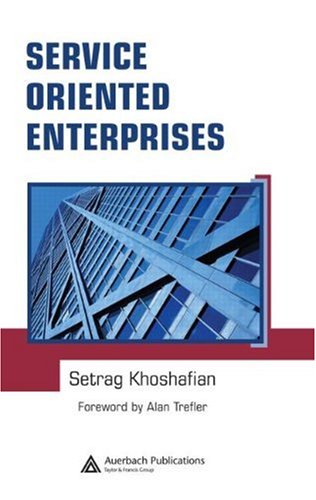
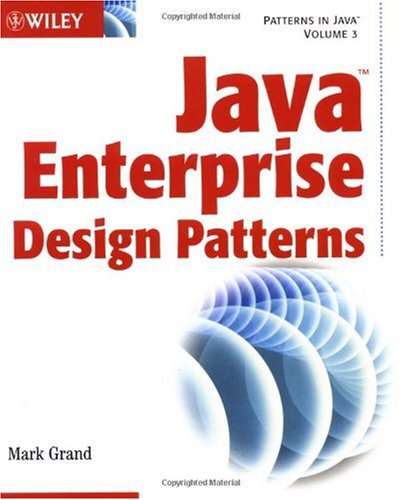
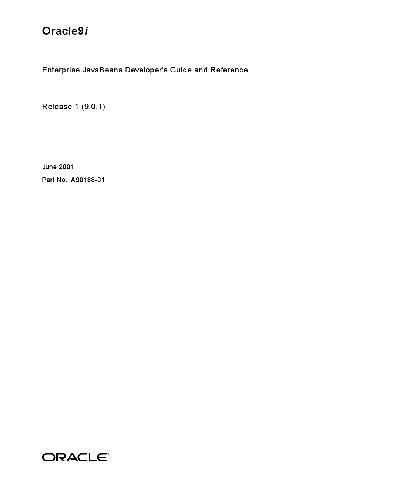
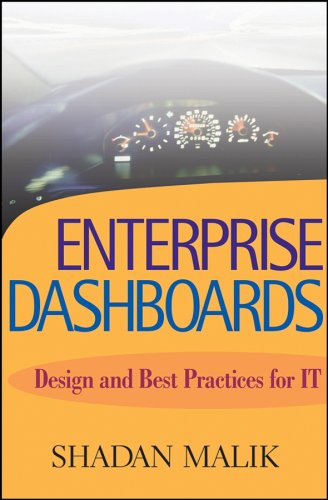
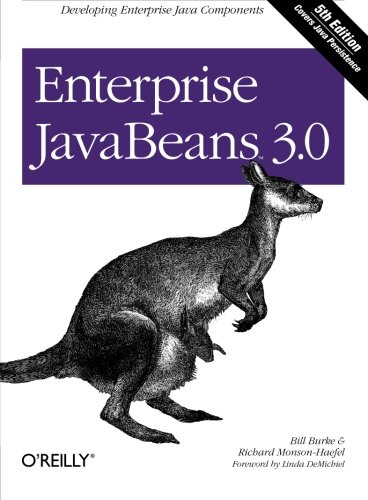

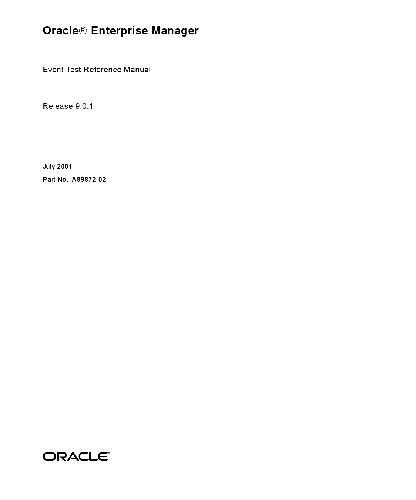
Reviews
There are no reviews yet.